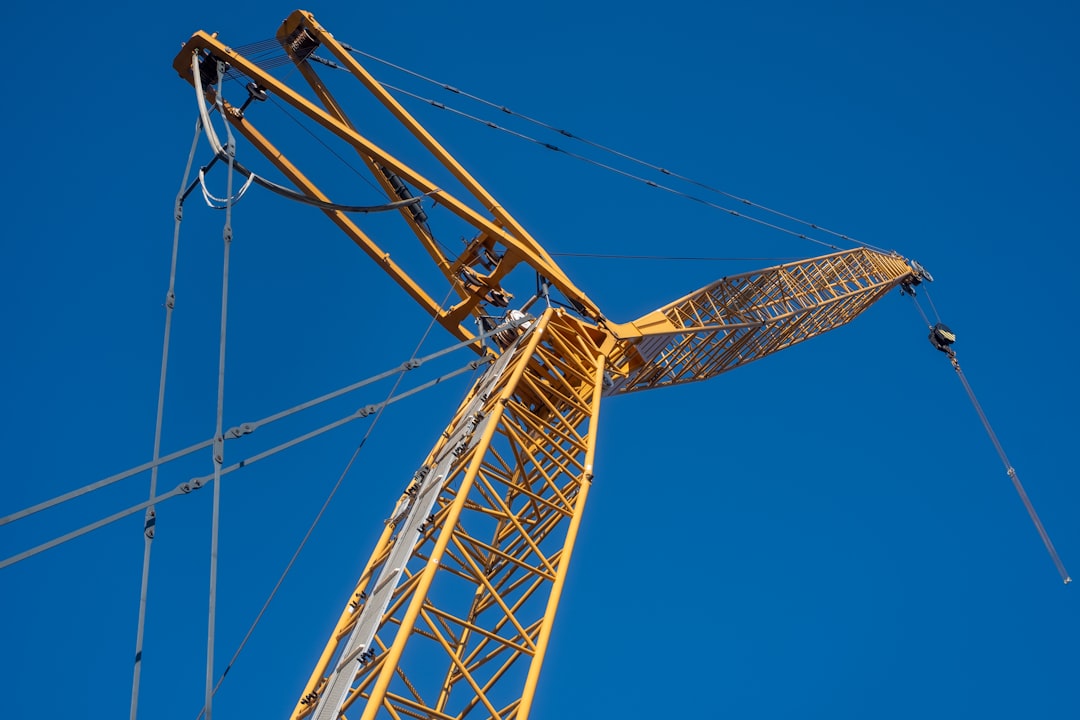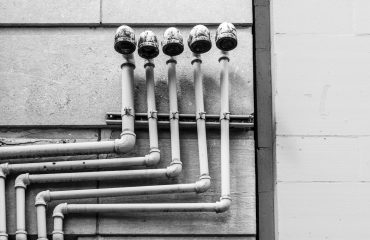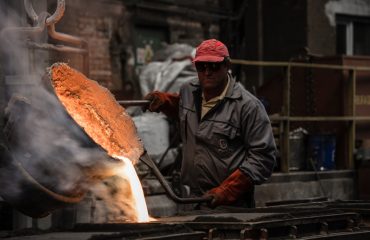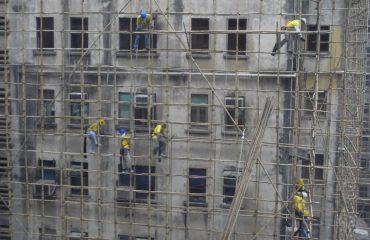body { font-family: sans-serif; line-height: 1.6; }
h1, h2, h3 { color: #333; }
img { max-width: 100%; height: auto; }
High-strength steel (HSS) profiles, particularly HEA profiles (wide flange beams with parallel flanges), are essential components in the construction of heavy load structures like bridges, high-rise buildings, and industrial facilities. Understanding their properties, design considerations, and limitations is crucial for ensuring structural integrity and safety. This comprehensive guide delves into the key aspects of utilizing HEA profiles for such demanding applications.
Understanding HEA Profile Properties and Specifications
HEA profiles are characterized by their robust design, featuring parallel flanges and a web connecting them. The “HEA” designation refers to a standardized European profile classification, with the numerical value indicating the nominal height of the section in centimeters. For example, an HEA 300 profile has a nominal height of 300mm. Key properties to consider include:
- Section Modulus (Zx and Zy): Represents the resistance to bending about the x-axis (strong axis) and y-axis (weak axis). Higher section modulus indicates greater bending capacity.
- Moment of Inertia (Ix and Iy): Measures the resistance to bending and stiffness. Higher values mean greater resistance to deflection.
- Area (A): The cross-sectional area of the profile, directly related to its weight and tensile strength.
- Yield Strength (fy): The stress at which the steel begins to deform plastically. Higher yield strength indicates greater load-bearing capacity.
- Material Grade: HEA profiles are available in various steel grades (e.g., S275, S355, S460) each possessing different yield strengths. The choice depends on the specific load requirements and design codes.
Consulting relevant steel manufacturer’s datasheets is crucial to obtain precise specifications for each HEA profile.
Design Considerations for Heavy Load Applications
Designing structures using HEA profiles for heavy loads requires careful consideration of several factors:
- Load Calculations: Accurate determination of dead loads (self-weight of the structure), live loads (occupancy, equipment), and environmental loads (wind, snow, seismic) is paramount. This involves detailed structural analysis using appropriate software and methods.
- Stability and Buckling: Slender HEA profiles are susceptible to buckling under compressive loads. Design must address this risk through appropriate bracing, stiffeners, or selecting a more robust section with a higher section modulus and moment of inertia.
- Shear Capacity: The ability of the web to resist shear stresses should be checked. Web stiffeners might be needed for high shear loads.
- Connection Design: The design of connections (welds, bolts) is crucial for transferring loads effectively. Connection strength must be sufficient to avoid failure before the HEA profile itself yields.
- Fatigue Considerations: For structures subjected to cyclic loading, fatigue analysis is necessary to ensure that the HEA profiles can withstand repeated stress cycles without failure.
- Corrosion Protection: Appropriate corrosion protection measures (e.g., galvanizing, painting) are essential to prolong the lifespan of the structure in harsh environments.
Material Selection: Choosing the Right Steel Grade for HEA Profiles
The choice of steel grade significantly impacts the structural performance and cost-effectiveness of the design. Higher-strength steels (like S355 or S460) offer greater load-bearing capacity, allowing for lighter and potentially more economical designs. However, they may be more expensive and require specialized welding techniques. Factors influencing steel grade selection include:
- Load Requirements: The magnitude and type of loads dictate the minimum required yield strength.
- Cost Considerations: Balancing the cost of the steel with the overall structural cost.
- Weldability: Higher-strength steels often have stricter welding requirements.
- Fabrication Constraints: Availability and ease of fabrication of the chosen steel grade.
- Local Building Codes and Standards: Compliance with relevant codes and regulations is mandatory.
Advanced Analysis Techniques for Optimized Design
While basic hand calculations can be employed for simpler designs, complex heavy load structures often necessitate advanced analysis techniques. Finite element analysis (FEA) is a powerful tool that allows for detailed stress analysis, considering complex geometries, loading conditions, and material properties. FEA can help optimize the design, minimizing material usage while ensuring structural integrity. Other advanced techniques include:
- Nonlinear Analysis: Accounts for material nonlinearity (plastic behavior) and geometric nonlinearity (large deformations).
- Dynamic Analysis: Essential for structures subjected to dynamic loads (e.g., earthquakes, blasts).
- Fatigue Analysis: Predicts the lifespan of the structure under cyclic loading.
Best Practices and Quality Control in HEA Profile Implementation
Implementing HEA profiles effectively requires adherence to best practices throughout the entire process:
- Accurate Fabrication: Precise fabrication of the HEA profiles and their connections is crucial to ensure proper load transfer.
- Rigorous Quality Control: Regular inspections and quality control measures throughout the construction process are vital for detecting and rectifying any defects early.
- Proper Welding Techniques: Qualified welders and appropriate welding procedures are essential, especially for high-strength steels.
- Compliance with Standards: Adherence to relevant international and national standards (e.g., Eurocodes, AISC) is mandatory.
- Regular Maintenance: Periodic inspection and maintenance are necessary to detect and address any potential issues that may arise over the lifespan of the structure.
By carefully considering these aspects, engineers can effectively utilize HEA profiles to construct robust and reliable heavy load structures that meet the demands of modern engineering challenges.
Tags: HEA profiles, heavy load structures, high-strength steel, structural engineering, steel design




